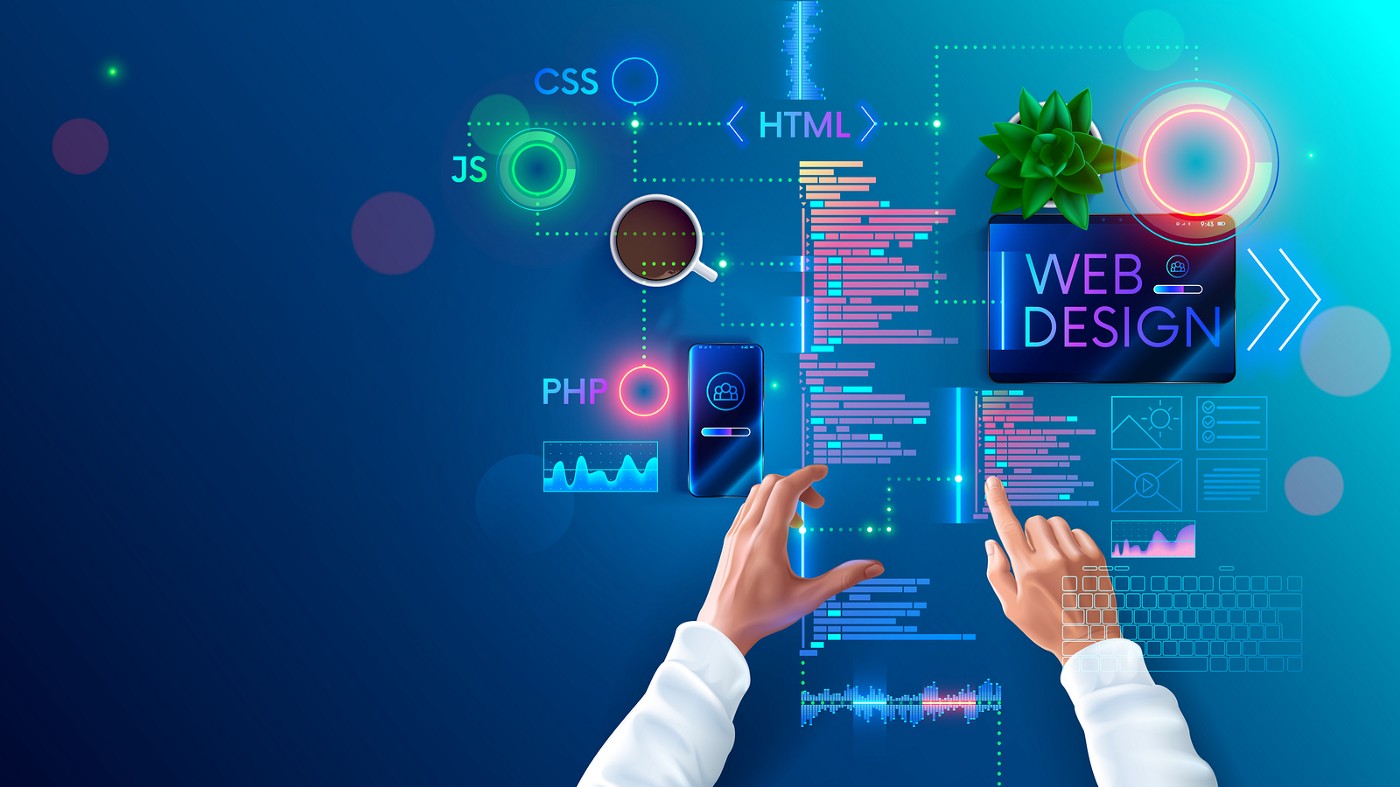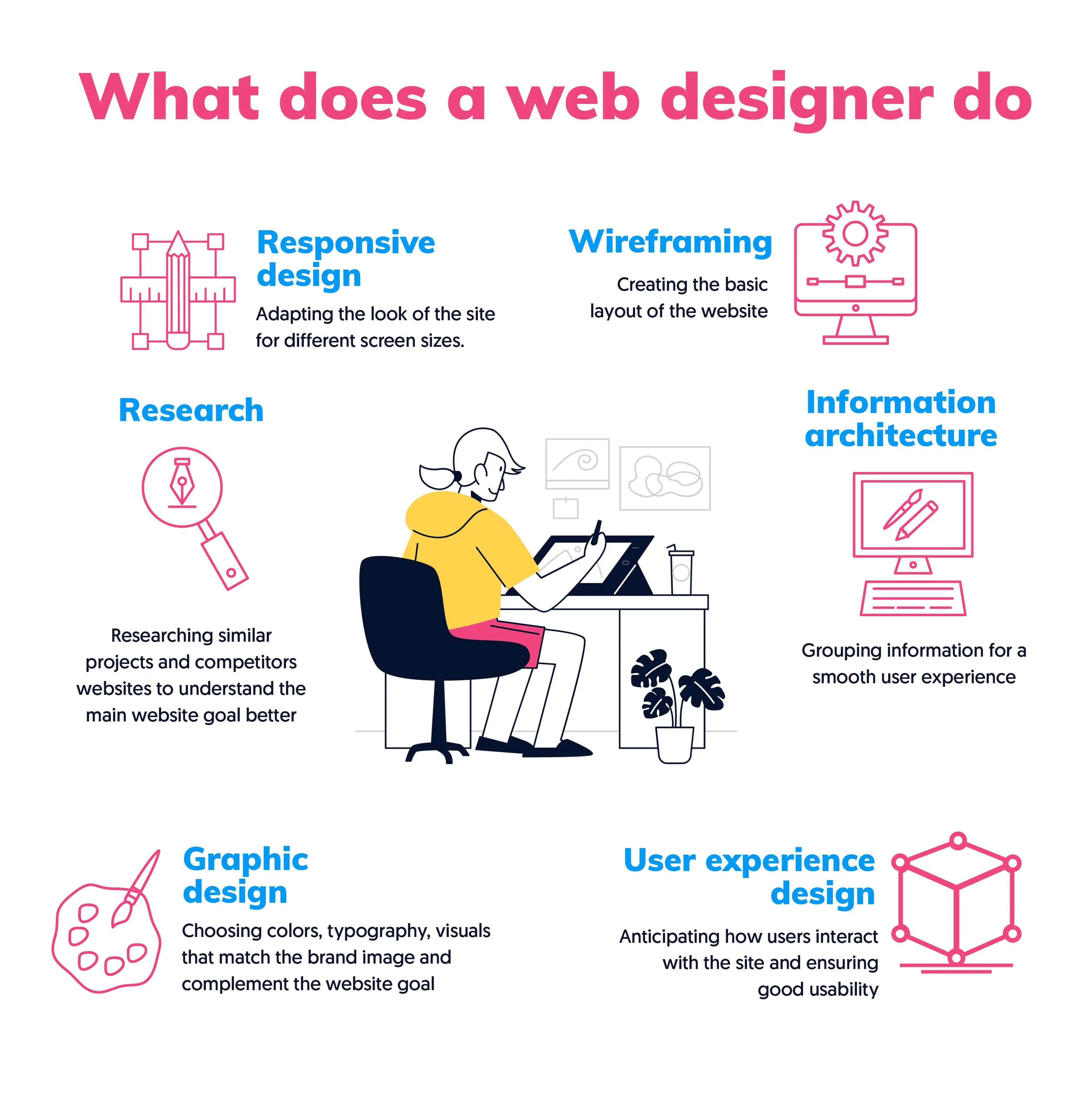Aligned Position Web Design: Building Beautiful and Functional Websites for Your Business
Aligned Position Web Design: Building Beautiful and Functional Websites for Your Business
Blog Article
The Very Best Kinds Of Web Layout to Enhance Customer Experience and Interaction
In the ever-evolving landscape of electronic interaction, the effectiveness of Web layout substantially impacts user experience and involvement. Various style methods, such as minimalist, receptive, and interactive layouts, each offer one-of-a-kind advantages that can accommodate diverse individual demands. Understanding which kinds of Web design finest offer these objectives can be pivotal for companies intending to enhance consumer fulfillment and retention. However, the inquiry remains: which style components truly resonate with individuals and foster significant involvement? The expedition of these concepts discloses crucial insights that may redefine your technique to website design.
Minimal Website Design
As electronic landscapes come to be progressively chaotic, minimal Web style has become an effective approach to improving customer experience. This design approach prioritizes simplicity, concentrating on essential components while removing unneeded diversions. By using adequate white room, uncomplicated navigating, and a restricted color scheme, minimal style cultivates clearness and guides individual attention to vital material.
The core principle of minimal Web style is to create a smooth interaction for customers. By reducing cognitive load, users can promptly realize details without feeling bewildered. This straight approach not just enhances usability yet also urges interaction, as visitors are extra likely to discover a site that is simple and aesthetically attractive to browse.
Additionally, minimal design often stresses typography and imagery, making use of these elements tactically to communicate messages properly. This focus on crucial elements can boost brand identification and produce a remarkable user experience. Fundamentally, minimal Web design is not simply a fad; it is a thoughtful methodology that identifies the importance of user-centered layout. By removing supplementary aspects, developers can develop a much more interesting, effective, and enjoyable Web experience for all users.
Receptive Web Design
In today's varied electronic setting, responsive website design has ended up being crucial for creating a seamless user experience across a wide range of devices. As customers access websites on smartphones, desktops, laptops, and tablets, the ability of a site to adapt its design and content to different display dimensions and resolutions is critical.
Receptive Web style employs flexible grids, photos, and CSS media questions to make certain that Web content exists ideally, no matter of the device made use of. This technique not only enhances the aesthetic allure of a web site however also significantly boosts use. Individuals are more probable to involve with a site that supplies a regular experience, as it gets rid of the aggravation of having to focus or scroll excessively.
In addition, search engines, consisting of Google, prioritize mobile-friendly internet sites in search positions. By adopting receptive design, organizations can enhance their visibility and get to a broader target market. This technique additionally simplifies website upkeep, as a single variation of the site can deal with all gadgets, decreasing the demand for several variations. In summary, responsive website design is a basic method that enhances individual experience, involvement, and general satisfaction.
Interactive Web Design
Receptive website design prepares for improving customer experience, but interactive Web design takes this a step additionally by involving users in a much more dynamic means - Aligned Position Web Design. By including elements such as animations, clickable prototypes, and real-time comments, interactive Web layout astounds users, drawing them into a richer browsing experience
This method not just cultivates involvement yet also urges customers to check out material actively as opposed to passively eating it. Methods such as gamification, where users make benefits for finishing tasks, can considerably enhance the moment invested on a website and enhance general fulfillment. Interactive functions can simplify complex info, making it a lot more digestible and pleasurable.
Incorporating interactive style elements can also cause higher conversion rates, as customers are most likely to involve with a website that actively entails them. Aligned Position Web Design. Inevitably, interactive Web design changes customer experiences right into memorable trips, guaranteeing that visitors return time after time
Apartment Layout
Identified by its minimalistic approach, flat design highlights simpleness and capability, removing away unneeded components and concentrating on necessary features. This layout viewpoint prioritizes functionality, making sure that individuals can navigate interfaces easily and effectiveness. By employing a clean click aesthetic, level layout removes the mess usually located in extra luxuriant designs, thus boosting user concentrate on web content and capability.
The characteristic of flat design hinges on its use vibrant colors, simple typography, and geometric shapes. These components add to an aesthetically appealing interface that is both friendly and modern. Furthermore, level layout fosters a sense of clarity, permitting individuals to discern essential actions and information without disturbance.
Additionally, level layout is particularly efficient in responsive Web design, as its simpleness converts well throughout various gadgets and screen sizes. By focusing on necessary attributes, flat design not only fulfills individual demands yet also motivates smooth communication, making it a crucial Visit Your URL part of effective Web design strategies.
Flexible Web Layout
Flexible Web style personalizes the individual experience by producing multiple fixed layouts customized to various display dimensions and gadgets. Unlike receptive layout, which fluidly readjusts a solitary format, flexible layout uses distinctive formats for details breakpoints, ensuring ideal presentation on various platforms. This technique enables designers to concentrate on the distinct characteristics of each gadget, improving use by providing specifically what customers require based on their context.
Among the primary benefits of adaptive Web design is its capability to maximize lots times and performance. By offering tailored web content and photos that fit the customer's gadget, web sites can reduce data use and boost loading rates. This is especially useful for customers with slower connections or minimal information strategies.

In addition, adaptive style promotes an extra controlled and consistent branding experience. Considering that developers additional hints create multiple designs, they can make sure that the aesthetic elements line up with the brand name's identification across various platforms - Aligned Position Web Design. This results in a natural individual experience, boosting involvement and promoting user retention
Final Thought
In final thought, the integration of minimalist, responsive, and interactive website design concepts significantly enhances individual experience and interaction. Minimal layout promotes clarity and focus, while responsive style makes sure flexibility throughout various devices, advertising accessibility. Interactive layout astounds individuals via vibrant components, motivating expedition and personalization. Collectively, these style approaches add to the development of easy to use atmospheres that not only enhance complete satisfaction however also drive greater conversion prices, emphasizing their crucial significance in modern Web layout techniques.

Minimal layout fosters clearness and emphasis, while receptive design makes certain adaptability across different devices, advertising access. Collectively, these layout comes close to add to the creation of user-friendly environments that not only improve complete satisfaction however likewise drive higher conversion rates, underscoring their crucial significance in contemporary Web layout approaches.
Report this page